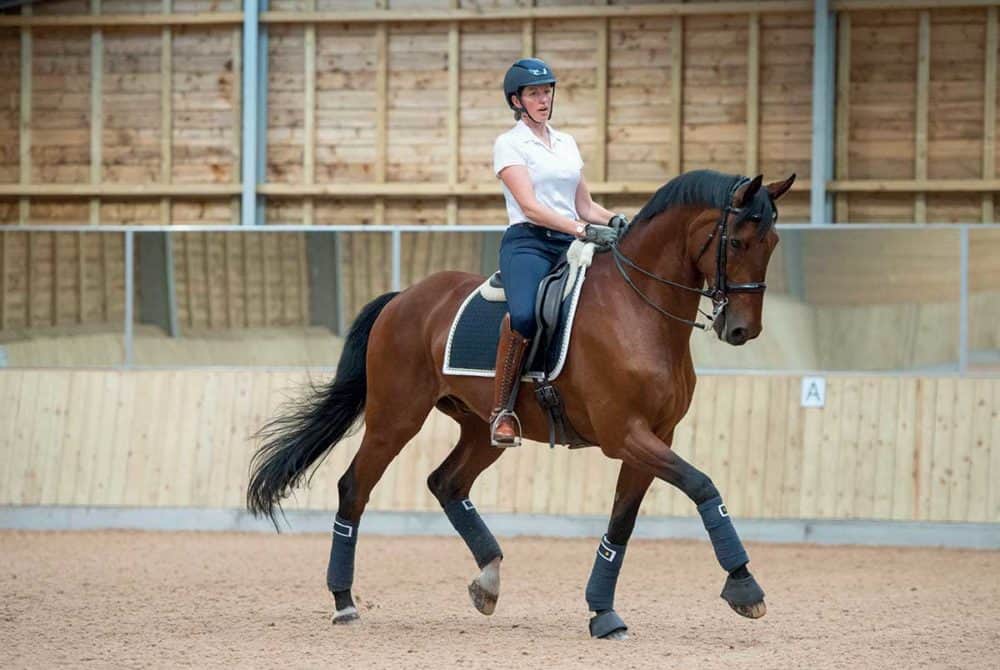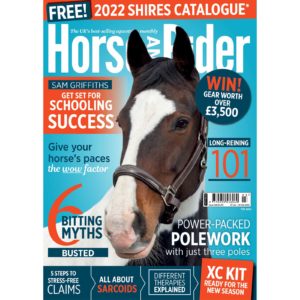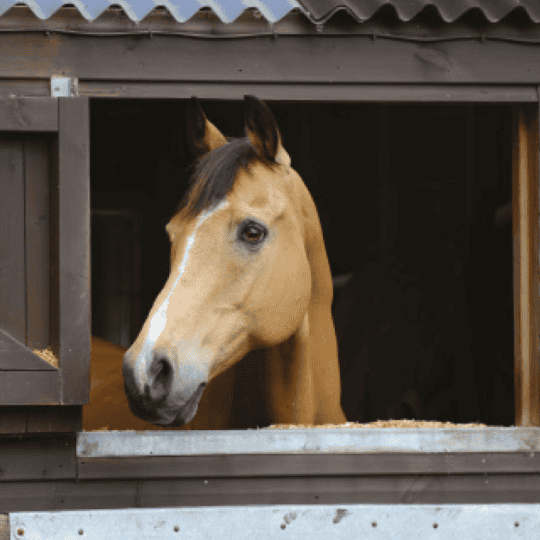Bring your horse’s movement from ordinary to extraordinary with help from dressage rider Anna Miller
Posted 24th January 2022
Power up your horse’s hindquarters to transform him into a strong and elevated mover

What is it that sets apart the ordinary from the extraordinary? Well, when it comes to a horse’s movement, it’s an elegant, uphill pace that makes him look as though he’s floating above the ground – that really gives him the wow factor. Think it’s something a horse either has or doesn’t? Think again. Any rider can inject their horse’s paces with a little extra pizzazz. How? By focusing on improving his balance, straightness and strength so he’s able to take more weight onto his hindlegs.
Lift and reach come from the powerhouse that is your horse’s hindquarters, and learning how to engage them will make the other elements of your job feel effortless. I’ve got some handy exercises to help you form your very best overall picture.
Inside out
For your horse to be in true balance, you need to bring back the instructors’ much-loved phrase ‘inside leg to outside rein’. Although you may be tired of hearing it, there’s a reason why it’s such an important contributor to your horse’s balance. You need him to be connected from his inside hindleg into your outside rein contact, not only to maintain straightness, but also to create uphill, forward energy. The hindquarters are the powerhouse of your horse’s body, and the outside rein’s the stabiliser that contains the energy.
Leaps and bounds
Canter is the gait where a lack of hindlimb engagement is most obvious. If your horse has no push from behind, the quality of the pace will suffer. These progressive exercises will help improve his rhythm, balance and ability to carry weight behind, improving his canter.
Step 1: Five-metre shallow loops
A great way to help your horse find his balance in canter and bring his hindlegs underneath him is by riding 5m shallow loops down the long side. In the early stages, flex him to the inside from start to finish to ensure his weight stays over his leading leg, otherwise he might try to change canter leads through the middle of the loop. Keep your legs in position for the direction of travel to avoid an unwanted change of lead.
Step 2: 10-metre shallow loops with a change of flexion
As your horse becomes stronger, start to change his flexion as you return to the track on the second half of your loop. You can introduce it on a 5m loop, then progress to a 10m loop when he’s able to sustain the flexion in the canter for a bit longer.
Top tip
Don’t assume you’re going to achieve the whole progression in one session. It might take a few months or it could be a year before you reach step four – it all depends on how balanced you and your horse are.
Flying high
One of the ultimate tests of hindleg engagement is the flying change. Taught early on to jumpers as a means of changing leads between fences, in dressage they first appear at quite a high level and so people often make the mistake of teaching them too late. However, trying to correct a poor-quality change once it’s become a habit is much harder than teaching a clean change from the get-go.
The aids for a flying change are the same as your canter aids, and are worth instilling from the get-go, before you teach your horse to change leg. By making sure he can tell the difference between the aids for canter left and right, life will be much easier down the line when he’s strong enough and ready to learn how to do a flying change.
Learn what other steps Anna Miller advises for improving your horse’s movements in the latest copy of Horse&Rider February on sale 27 January 2022











